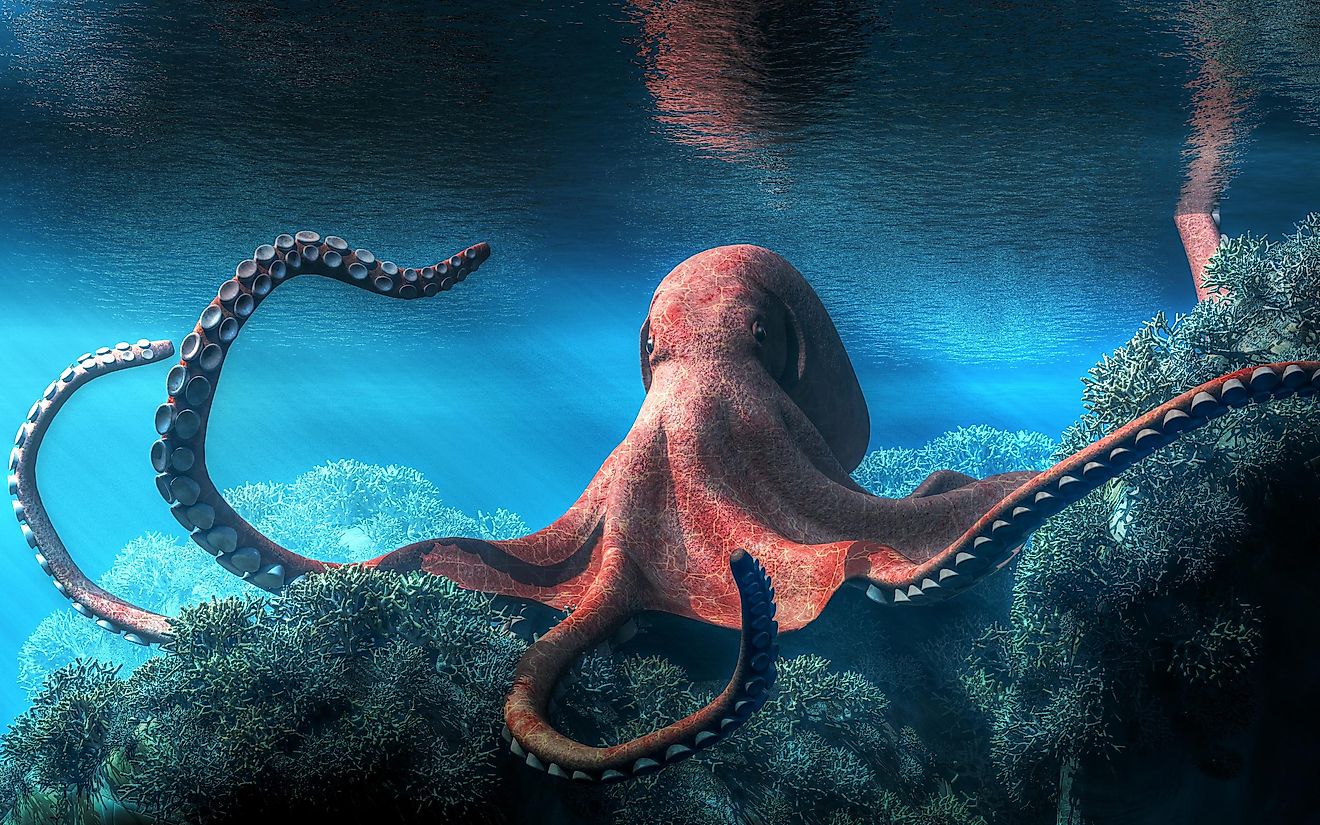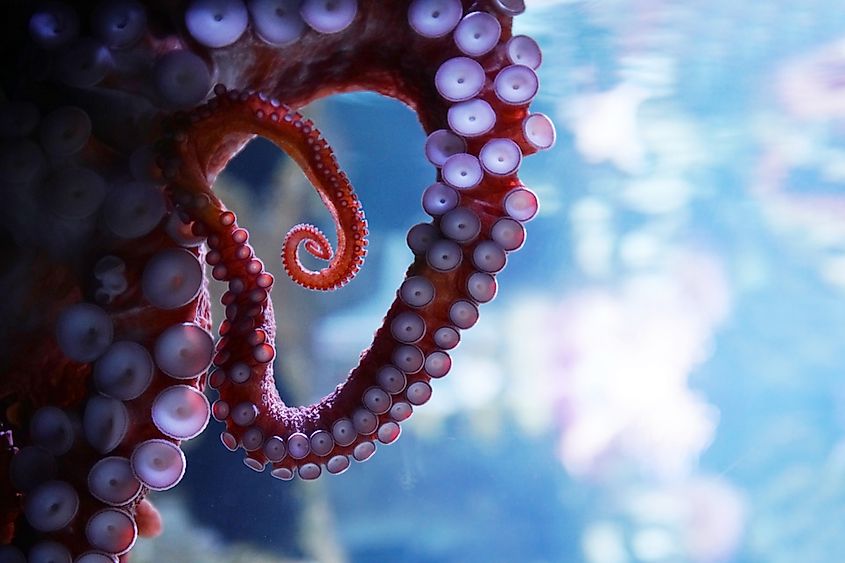How Many Hearts Does An Octopus Have?

The octopus has three hearts - two hearts that drive blood through the gills, and one drives it through the bloodstream of the rest of the body. It also has intricately built eyes that see very well. It is considered one of the largest, fastest, and most intelligent invertebrates. One example that shows how surprisingly intelligent these marine animals can be observed is them playing a game. Some octopuses would continually release their toys into the water stream and then catch them around the aquarium.
The Anatomy Of An Octopus
The octopus is a mollusk with eight limbs and a soft body. It is grouped with cuttlefish, squids, and nautiloids in the class Cephalopoda. It shares similar characteristics with the other cephalopods, meaning it has two eyes and a beak, and its mouth is placed at the center of its eight limbs. The term 'tentacles' is often used when talking about octopuses. However, it is not the correct term. Tentacle signifies appendages used for feeding, and the octopus doesn't use its limbs to feed.
Octopuses have a soft body that can change shape allowing passage through small gaps underwater. While swimming, their eight limbs trail behind them, and they use their siphon to expel a jet of water that propels them forward. They also have an intricate nervous system and exceptional sight. Octopuses have three hearts, one that circulates the blood throughout the entire body and two, which drive blood through the two gills.

The former is called the systemic heart, while the latter two are known as branchial hearts. The systemic heart is dormant, while the octopus is swimming. The blood of an octopus is very sticky, so it requires high blood pressure for it to be pumped around the body. The blood vessels of an octopus are much different than those found in other invertebrates. Its veins are lined with cellular endothelium, which is unique to that species.
The Distribution And Life Of Octopuses
Octopuses can be found in very different parts of the ocean. Some of those include coral reefs and the seabed. Some octopuses inhabit the abyssal depths of the ocean, while others can be found in the intertidal area. There are no species of octopus that are living in freshwater regions. They exhibit different strategies to defend themselves from predators. They can use the discharge of ink, camouflage, or run away very quickly and hide. While octopuses are venomous, they are not deadly to humans, save for the blue-ringed octopus. Most octopus species live a solitary life except for the times when they are mating.
Octopuses are predatory animals, and they eat a lot of smaller creatures that inhabit the deep sea. They are extremely intelligent, to an extent we're still not familiar with completely. They are known to solve labyrinth puzzles, which proves they have a memory system. They can also be trained to differentiate between shapes and designs.
They grow surprisingly quickly, and their lifespans are short. After mating, the male octopus dies, and once the eggs hatch, the female dies as well. Some octopus species only live for six months, while the longest living species have a lifespan of five years.











